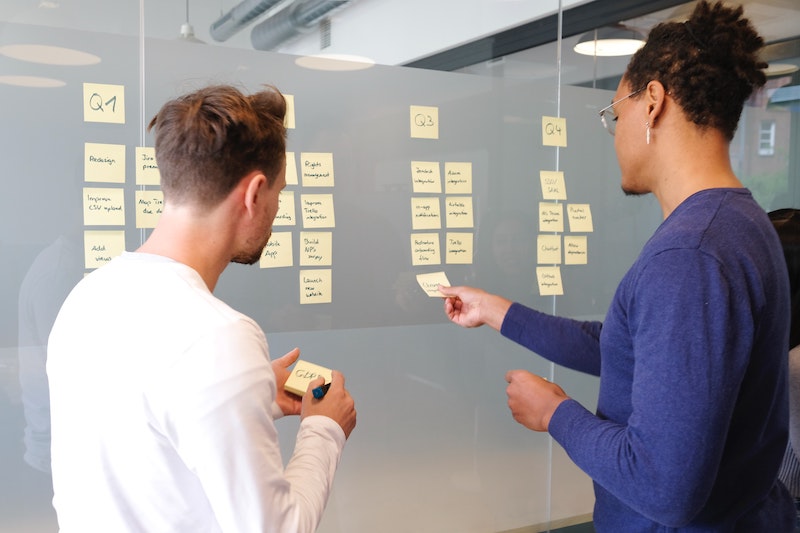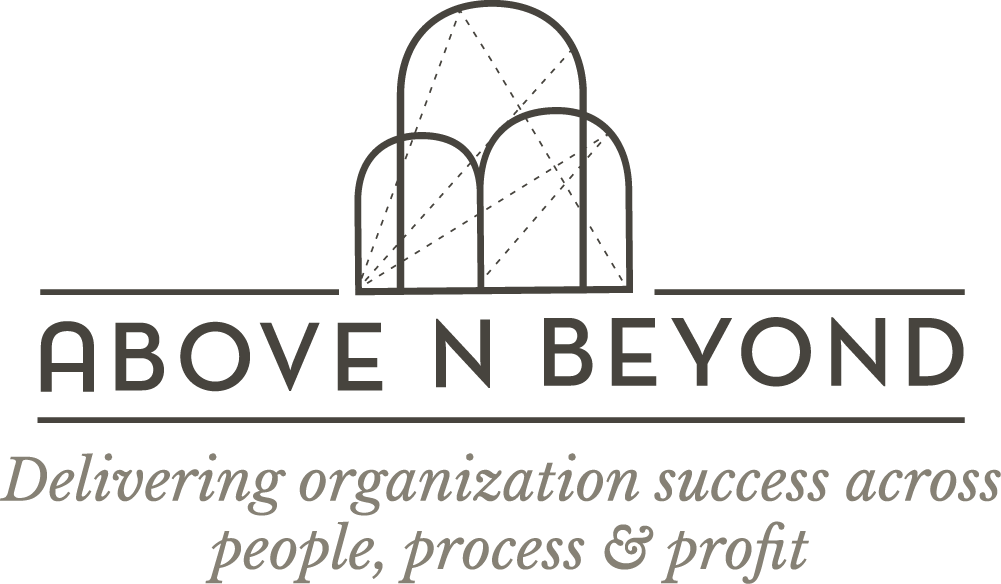
Effective Problem Solving: What Goes Into The Mix
We’ve all heard about effective problem-solving in one context or another. Perhaps, we have even been part of or facilitated an intervention or two. A quick Google search for problem-solving’ could often throw up several frameworks and processes. And yet, we meet teams and organizations that do it right with almost no formal training and those that just can’t seem to crack it even with frameworks in place.
As consultants, it is in our nature to want to solve problems. After all, that is exactly what we are getting paid for! However, time and experience have both taught us the simple yet effective truth that we cannot solve a problem we cannot see.
This becomes particularly significant in a broader context where several stakeholders are assigned to solve a common problem. As an external observer, it becomes imperative for us to wait and watch, often at what seems like the client’s expense. Today, we discuss the many lessons we have learned in these several years of running Above N Beyond, with a focus on problem-solving as we see it, and why.
Here, we present a problem-solving framework backed by feedback from clients we have worked with.
Meet The Elements
If we were to drill the process down to its very basics, there are the standard elements that you would expect to see, such as
- Identifying the right problem statement
- Getting there from here
- Creating a roadmap
- Execution
To use that cliched phrase, the devil is in the details, and with problem-solving, the devil is a permanent resident.
How well teams and organizations follow through on step #1 always determines the success of the whole endeavour. Perhaps unsurprisingly, step #1- identifying the right problem statement is akin to getting a root canal, on the same tooth, several times over.
As organizations grow and the cultural context becomes increasingly evident, the problems grow at the same rate as the success factors. As a result, most employees may not even be verbalizing the actual problem, and instead focusing on areas where change can be more immediate or evident.
The best way to come up with the right problem statement is often just to listen.
A solution mindset at this stage can accelerate a process that isn’t ready to take place. Instead, deep, focused, even vulnerable conversations around every stakeholder’s expectations and limitations can help the team arrive at a cohesive problem statement that holds true and solves issues at a systemic level as opposed to diagnosing and treating the most evident symptoms.
Which questions do we ask to craft a good problem statement? While they differ from one context to another, they usually follow the pattern of asking ‘why’ until there are no more questions to be asked. If you’d like to read more about this, please take a look at this excellent piece over at the Harvard Business Review.
Getting There From Here: Shortening The Process Of Asking ‘How’
Of course, our work only begins with crafting the right problem statement. We now also need practical solutions that can be implemented with as few dependencies as possible.
Data and metrics can tell us the science bit- and they form a solid base on which to base our proposed solutions. But the qualitative elements of the problem are just as essential. The nuances we hear in conversations often tell us more about the solutions that will work and those that likely won’t.
Finding a good solution is, therefore, a fine balance between the art and science of problem-solving.
In our work around solving problems, we strive to create safe spaces where every stakeholder can voice what is on their mind because we know now that every viewpoint matters. Without strong buy-in, execution simply will not come to pass.
We believe, therefore, in making data-informed decisions rather than data-driven ones, ensuring that sufficient space has been held for individual opinions and qualitative insights.
Designing A Strong Action Plan
Now that we have a problem statement and a proposed solution in place, the next step is to design a roadmap.
What are the qualities of a good roadmap? It follows the tenets of SMART goals quite closely. Setting clear goals in the direction of the solution, with milestones along the way to track progress, often sounds easier than it is.
Knowing the timeline within which we wish to get to the solution helps decide the pace at which change is to be implemented. We often recommend breaking down larger monthly or quarterly goals into weekly, or even daily objectives.
We then present these to teams as checklists and action items that are easy to implement and have a positive impact on the goal.
Getting To ‘Execution’
Above N Beyond is an organization with strong execution focus, and we do not consider a job done until recommendations are implemented, roadblocks are addressed, and progress tracked.
Implementation, particularly in the first few days, often encounters resistance, and this is also where nine out of ten organizations fail. Doing something different is a process fraught with inconveniences even with best-laid plans.
At this stage, it becomes important for leaders to advocate for the bigger picture, which means that they need to see the bigger picture themselves. Even before we get to execution, we come up with success metrics, so we know where to look when problems arise.
The key learning here, particularly in the context of solving problems, is to understand that roadblocks are inevitable at this stage. Preparing to encounter them often gives teams a distinct advantage. As we often say, the mindset determines what does or does not come to pass.
Staying Objective While Solving Problems
Usually, once we get to the stage where an intervention is needed to solve problems, several elements need to be taken into consideration. For one, it is likely that the blame game has already come to pass, and there are individual differences at play.
To successfully solve the problem and move forward, it is imperative that those involved stay as objective as possible, even while sharing concerns around each other’s performance. Individual bias and opinions cannot become the basis on which the problem statement is crafted.
This is also why it often helps to bring in a neutral third party while solving larger issues. Eventually, the expectation is that organizations be able to identify problems early on and solve for them at a smaller scale, even as they drive learnings from this process forward to grow as an organization.
What has your experience with problem-solving been? Have you used a similar process before?
